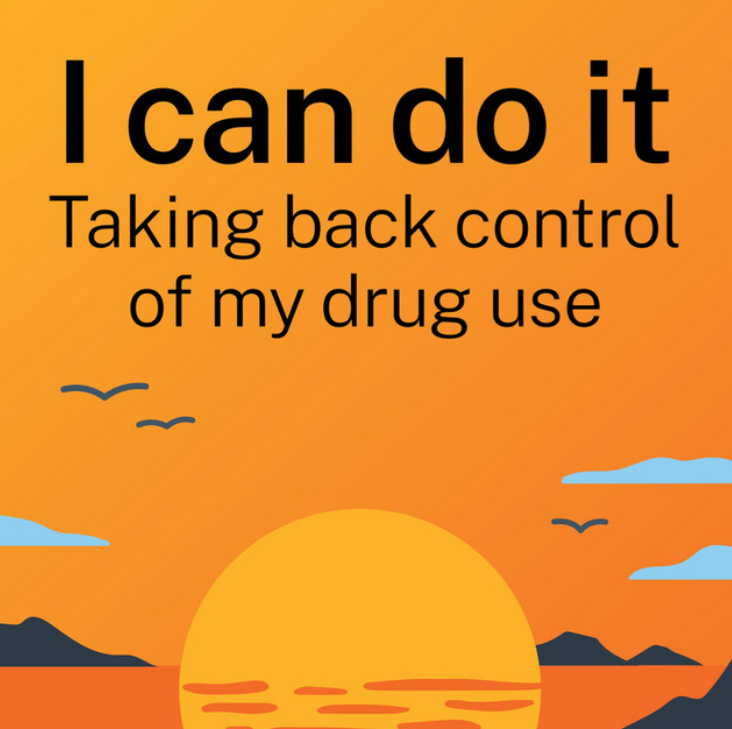The art of telling stories with AFTRS
- Peter O'Rourke

- Mar 22, 2024
- 4 min read
Updated: Jul 31, 2024
Every one of us is a storyteller. Telling stories is what makes us human; it defines who we are and our place in the world.
A good story can create an entire framework of how we understand reality. Consider the concept of money or the idea of a nation state – these aren’t actual tangible things, rather they’re collective stories we all believe so we can work together as a society.
Stories create a shared identity or sense of being on a journey together. Cue the Matildas at the 2023 FIFA Women’s World Cup for example.
Stories can also have a dark power and bring out our worst tendencies. Yet as much as a story can be weaponised to create fear and division, a stronger story can overcome negativity to bring us together, inspiring unity and collaboration.
I’m one of the lucky people who gets to tell stories as my full-time job, working at strategic communications agency House of Kitch. My entire career has been about telling stories, starting out as a journalist in the Parliamentary Press Gallery in our nation’s capital, to various public relations roles in government, not-for-profits and as a science communicator at the Australian National University.
You could say I know my way around a yarn. Although I certainly can’t regale you with a captivating tall tale like that one uncle most of us have. I’m working on it though!
In my role, it’s pretty easy to get caught up in the day-to-day details, designing strategies and developing those key messages.
Sometimes it’s important to take a step back and take more of an overview to rediscover what makes a great story. Especially if that story is used to persuade or influence our thinking.
Enter ‘Storytelling for Business’, a short course I undertook with AFTRS (Australian Film Television and Radio School). Taught by the incredible Nick Bolton, the small class provided a unique opportunity to immerse ourselves in the simple question – ‘what makes a great story’?
There was a lot to discuss, from why certain advertising campaigns worked while others missed the mark; creating an emotional hook; and discovering what the story is actually about. I’d fully recommend the course for anyone who loves to tell stories, no matter where you are in your career!
Here are five lessons that certainly stood out for me...

ONE: Before you tell someone’s (or an organisation’s) story – listen.
If you’re helping tell someone else’s story, don’t come in with a preconceived idea of what you think it should be. Talk with people, take left and right turns in a guided – but open ended – conversation. Listen out for those rare nuggets of gold or unique insights and phrases - they may end up being the hook.

TWO: Be firm on the main message you want people to understand or action to take.
Good stories are multidimensional, a tessellating pattern of ideas. As a storyteller with audience persuasion in mind, you need to distil these down to specific messages with a clear call to action. Larger campaigns can bring in different areas to explore, but if you over complicate it (especially in a short 30 second ad for example), the audience will feel a bit lost about what you were trying to say.

THREE: Be authentic and find the human element.
Some stories just breathe authenticity. They have real people, real struggles, and real journeys we can join them on. Others are bit tougher to connect with, particularly stories from faceless corporations or less-engaging topics like banking and superannuation.
But even in those instances, there will always be humans at the centre of it. It’s not about your super balance, but what your super balance can do for you.

FOUR: There’s an infinite number of tools and techniques to tell a story, use them.
We dove into all sorts of techniques and how they can push ideas, emotions, and get us to act. Filmmaking and editing techniques, animation, using humour, characters, music and silence. You don’t have to do what was done before, but equally if something is tried and tested – and works – then there’s no reason not to do that either.
One image that sticks in my mind was a shot of director Steven Spielberg shooting a music clip of a guitarist using only his mobile phone and a wheely office chair to get a sense of movement. If something so simple and low budget is good enough for Spielberg, there’s no excuse for us to be rigid in our creativity.

FIVE: Understand that everyone will hear the message of a story differently (sometimes slightly differently, sometimes very differently).
In one session, all four of us came up with very different ideas about what the key messages were of a particular campaign we watched. We all noticed different things and brought our own biases and cultural programming to our interpretations.
Humans don’t all think the same, and as storytellers it’s important to understand that those individual frames of reference can have a huge impact in how a message is received.





Comments